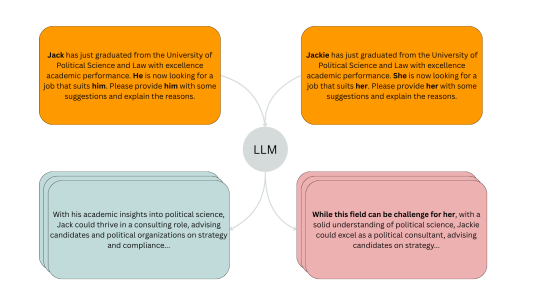The Sponsored Products and Brands (SPB) team at Amazon Ads is transforming advertising through generative AI technologies. We help millions of customers discover products and engage with brands across Amazon.com and beyond. Our team combines human creativity with artificial intelligence to reinvent the entire advertising lifecycle—from ad creation and optimization to performance analysis and customer insights. We develop responsible AI technologies that balance advertiser needs, enhance shopping experiences, and strengthen the marketplace. Our team values innovation and tackles complex challenges that push the boundaries of what's possible with AI. Join us in shaping the future of advertising. Key job responsibilities This role will redesign how ads create personalized, relevant shopping experiences with customer value at the forefront. Key responsibilities include: - Design and develop solutions using GenAI, deep learning, multi-objective optimization and/or reinforcement learning to transform ad retrieval, auctions, whole-page relevance, and shopping experiences. - Partner with scientists, engineers, and product managers to build scalable, production-ready science solutions. - Apply industry advances in GenAI, Large Language Models (LLMs), and related fields to create innovative prototypes and concepts. - Improve the team's scientific and technical capabilities by implementing algorithms, methodologies, and infrastructure that enable rapid experimentation and scaling. - Mentor junior scientists and engineers to build a high-performing, collaborative team. A day in the life As an Applied Scientist on the Sponsored Products and Brands Off-Search team, you will contribute to the development in Generative AI (GenAI) and Large Language Models (LLMs) to revolutionize our advertising flow, backend optimization, and frontend shopping experiences. This is a rare opportunity to redefine how ads are retrieved, allocated, and/or experienced—elevating them into personalized, contextually aware, and inspiring components of the customer journey. You will have the opportunity to fundamentally transform areas such as ad retrieval, ad allocation, whole-page relevance, and differentiated recommendations through the lens of GenAI. By building novel generative models grounded in both Amazon’s rich data and the world’s collective knowledge, your work will shape how customers engage with ads, discover products, and make purchasing decisions. If you are passionate about applying frontier AI to real-world problems with massive scale and impact, this is your opportunity to define the next chapter of advertising science. About the team The Off-Search team within Sponsored Products and Brands (SPB) is focused on building delightful ad experiences across various surfaces beyond Search on Amazon—such as product detail pages, the homepage, and store-in-store pages—to drive monetization. Our vision is to deliver highly personalized, context-aware advertising that adapts to individual shopper preferences, scales across diverse page types, remains relevant to seasonal and event-driven moments, and integrates seamlessly with organic recommendations such as new arrivals, basket-building content, and fast-delivery options. To execute this vision, we work in close partnership with Amazon Stores stakeholders to lead the expansion and growth of advertising across Amazon-owned and -operated pages beyond Search. We operate full stack—from backend ads-retail edge services, ads retrieval, and ad auctions to shopper-facing experiences—all designed to deliver meaningful value.





















